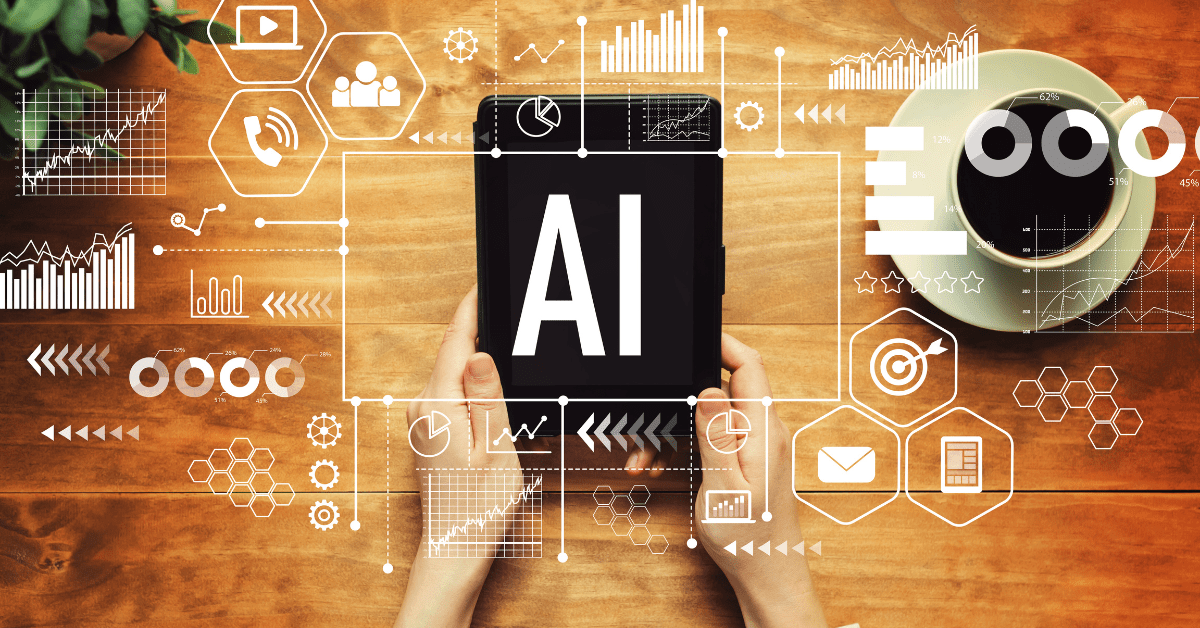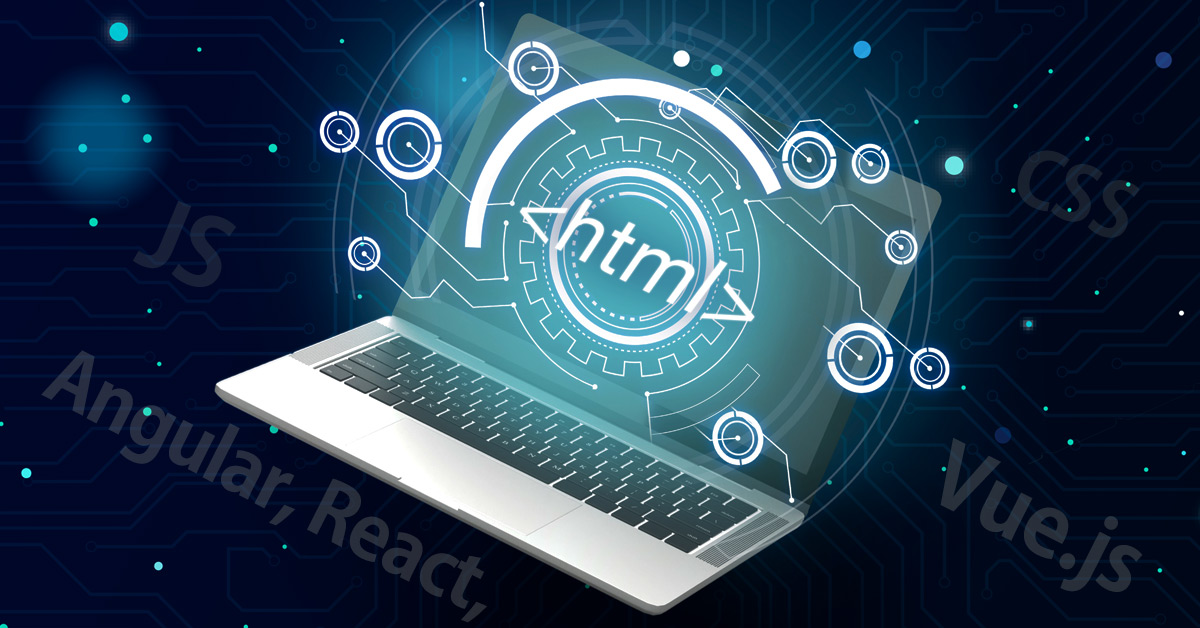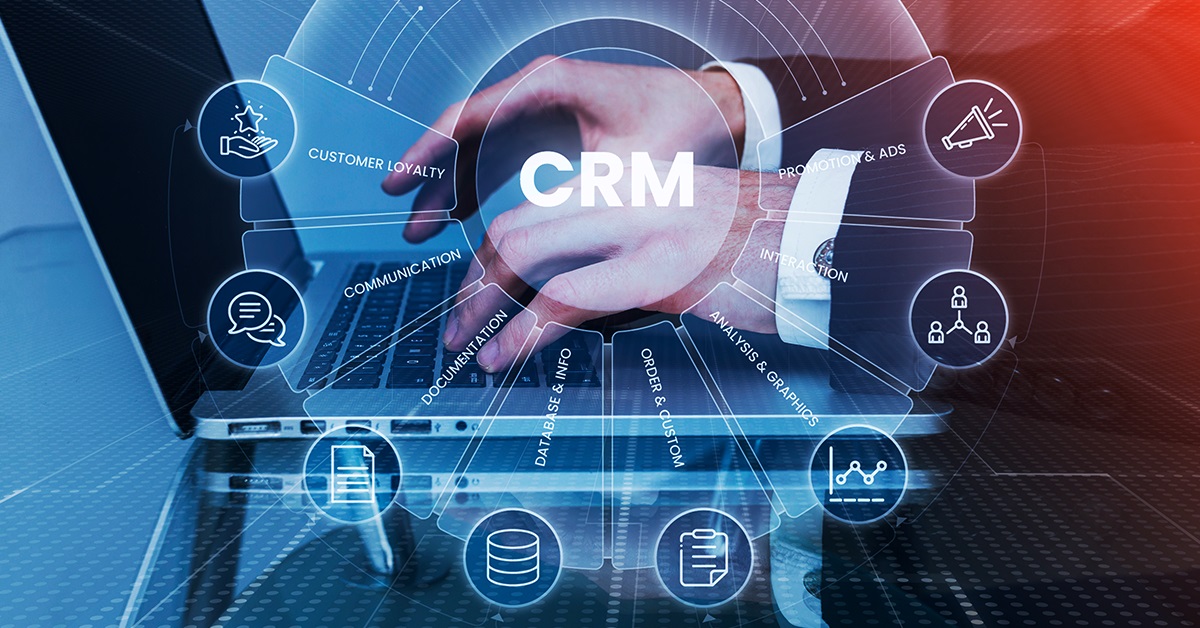What is The Limit of Artificial Intelligence and Machine Learning?

4 min read
The scientific area of artificial intelligence and machine learning has significantly advanced our technical and digital development in recent years. Everyone is aware of the value of page or video recommendations on Google and YouTube and the specifics of how an image or keyword search is conducted.
What we need to know is what we humans can do. And the answer becomes clearer with this question. There are things that our brains can do that computers cannot. We understand complex processes by evaluating many different pieces simultaneously and then quickly determining how best to apply those pieces together; computers still need to work like this. We can consume large amounts of knowledge quickly and then draw new conclusions based on that information; computers still need to do this. And so on.
Artificial Intelligence and Machine Learning
The assumption is that if you had the right artificial intelligence – a true machine intelligence – it would surpass anything humans could do. Without true AI, we have to rely on what we know about the human brain (which we don’t know as much as we thought they did), and based on that knowledge, it’s safe to say there is no limit to what it could potentially do. If you give it enough time, an AI could eventually discover every scientific discovery known to humans. It could create any art form the human brain is capable of creating. It could discover and explore every scientific possibility humans have yet to realize.
However, it would be limited by its capacity to understand the universe. Again, like humans, it would be limited in its capacity to know reality by its limitations – things like the amount of time it has lived on Earth, the amount of knowledge it has received from other sources (humans), and even simply how much computing power it can harness before reaching physical limits in our universe.
One day, AI machine learning may be capable of expanding beyond our known universe, potentially discovering another universe. This technology could even open a portal to this alternate universe and explore it in a way similar to humans, using machines and robotic probes to gather information. However, there may be a limit to how far robots can expand outside of our universe, as they could eventually reach a point where further expansion is not possible.
While machine learning and deep learning are quickly developing fields with many intriguing potential applications, they have drawbacks.
The Main Restrictions or Limitations of Artificial Intelligence and Machine Learning are Listed Below:
Data accessibility
AI and Machine Learning systems need a lot of data to be taught efficiently. Both models will be faulty if the data is inaccurate, incomplete, or biased.
Human-Like Intelligence
Despite their outstanding capabilities, modern Artificial Intelligence and Machine Learning development models still need to fully imitate human intelligence’s complexity. They need more imagination, common sense, and comprehension of context and complexity.
Explain Ability
Due to the opaque nature of their decision-making processes, many algorithms are called “black boxes.” This lack of transparency makes it challenging to comprehend how the algorithms reach their results and spot and fix faults.
Unexpected Effects
As AI and ML become more potent and integrated into our daily lives, they could have unintended effects, such as exacerbating already-existing injustices or producing new ethical problems.
Limited to Training Data
The models are only able to generate predictions using the training data. The models might not work as intended if the training and real-world data diverge significantly.
Issue with Recursively
There is no AI capable of self-improvement. Due to their cognitive abilities and creative, associative intelligence, only humans can create and build the best machines. As a result, although robots can learn and develop into “smarter” beings, they cannot create even more powerful machines. As a result, machine learning deep learning can only be used to increase learning effectiveness and efficiency.
Problem with Objectivity in Machine Decisions
Artificial Intelligence decision-making needs help with traceability. How and why AI makes decisions is inexplicable because it depicts and selects various learning strands before concluding.
The inability to examine this decision at any time makes it more difficult to maintain the constant transparency required in competitive activity. Work is already being done to segregate the AI learning process into several tools. However, it will take some time before this field has a breakthrough.
Simulation Emotional Limit
It can learn to “understand” the semantics of words and sentences to reply effectively. Chatbots can “communicate” effectively and provide straightforward answers automatically, for instance, when employed in customer service.
Limits of Morality and Ethics
It has a serious discriminating problem. Text or images having ambiguous content cannot be extracted from data records. Ambiguities mostly stem from the brain’s relationship of values from literature, religion, mathematics, sports, or even facial and verbal contexts. It would only select one important information from such data sets because it cannot evaluate different contents or reason associatively like humans perform.
Access to Data and Privacy
Data privacy and access are also major issues with robots. The cameras and speakers on all devices have AI built in as a fake mini-spy. It continually reads and listens since it is digital and virtual. Smartphone signals are always accessible for the reception.
Although they have shown significant promise in many fields, it’s crucial to understand their limitations and keep working to find solutions.
AI and machine learning technologies have advanced significantly over the past few years and are improving. Some restrictions are still in place, but they might be of a technical or ethical character. As for the language model, both are still far from reaching their full potential.
The availability and quality of data are one technical constraint. The models are only as good as the data they are trained on, so partial or incomplete data will probably result in biased or inaccurate findings from the system. The complexity of problems that can be tackled by AI and machine learning has limits as well.
Although both have advanced significantly in recent years, their potential still needs to be broadened by technological and moral issues. However, these boundaries can keep getting pushed further with continued research and development.
Conclusion:
In summary, as mentioned above, there is no real limit to what artificial intelligence can do, but there are limits to how much of our universe can know and understand.
Published: April 25th, 2023





